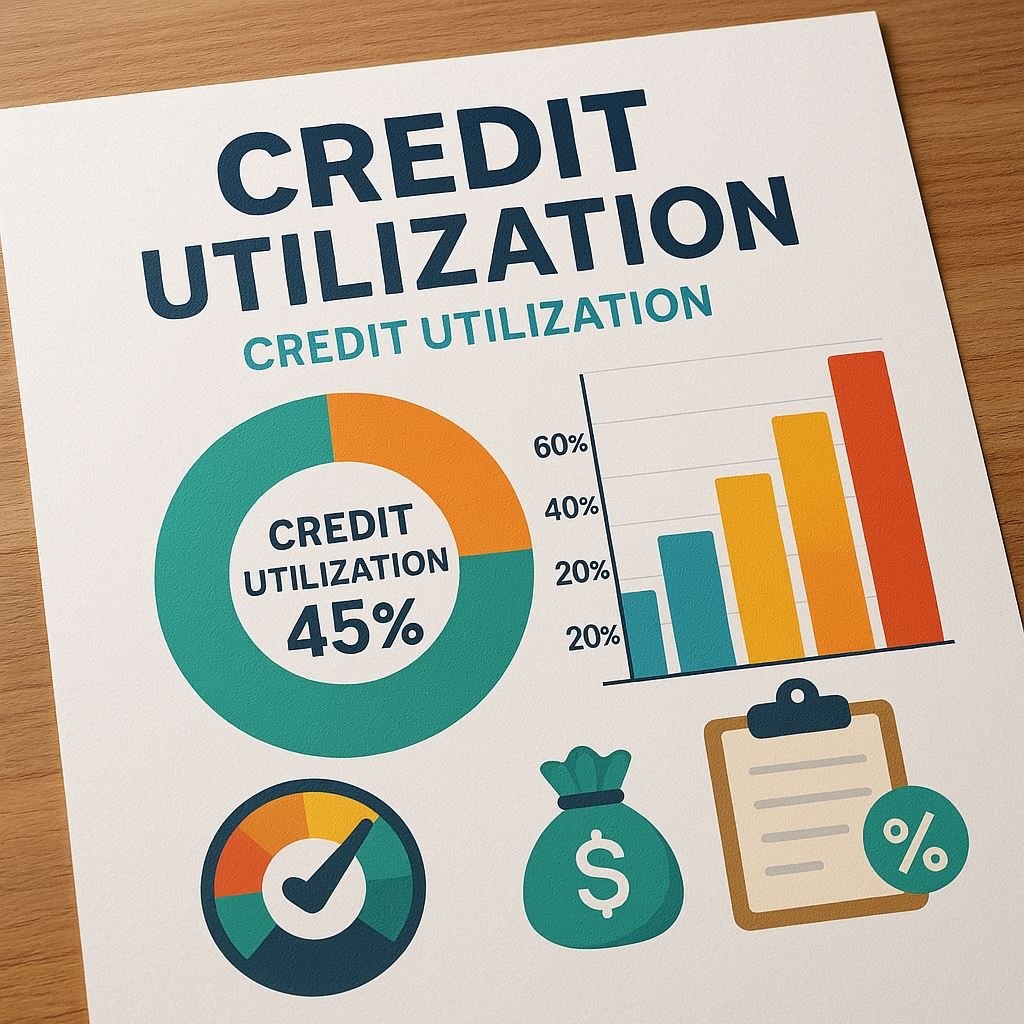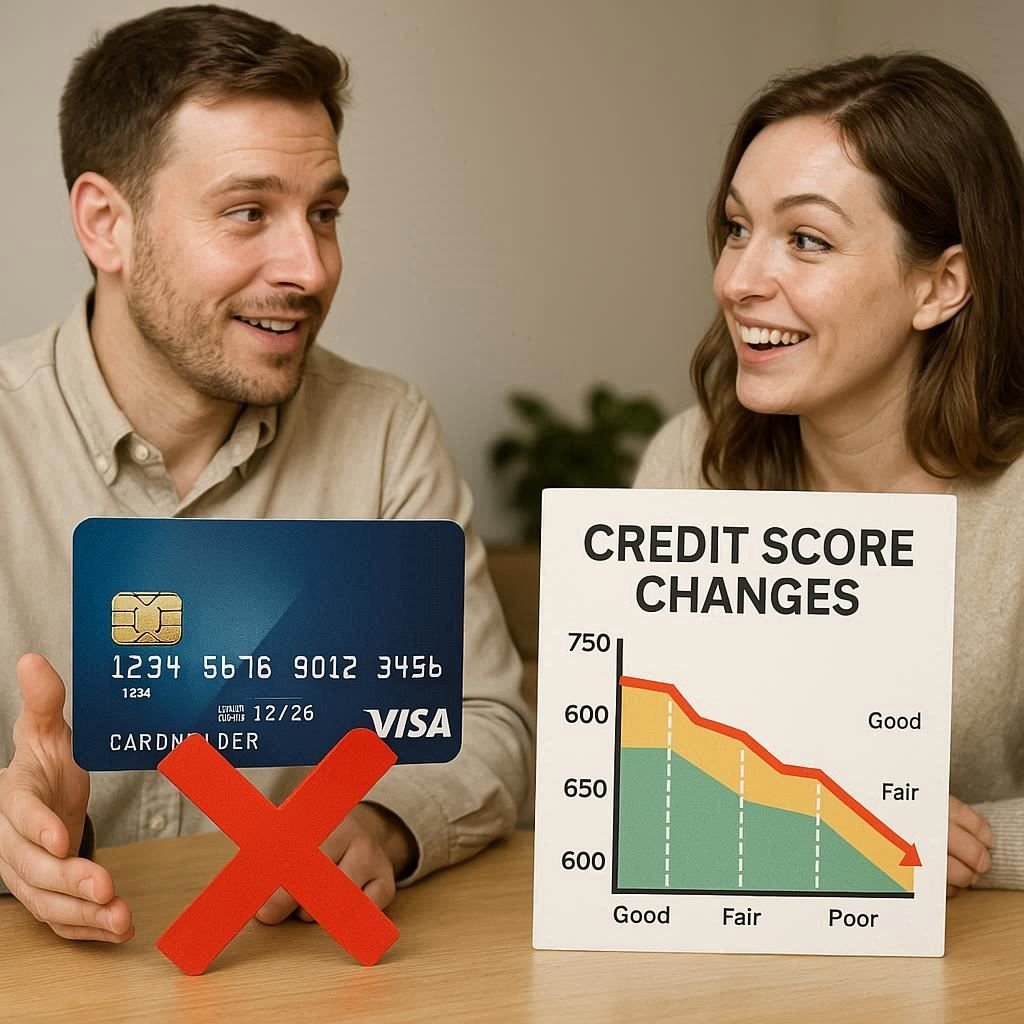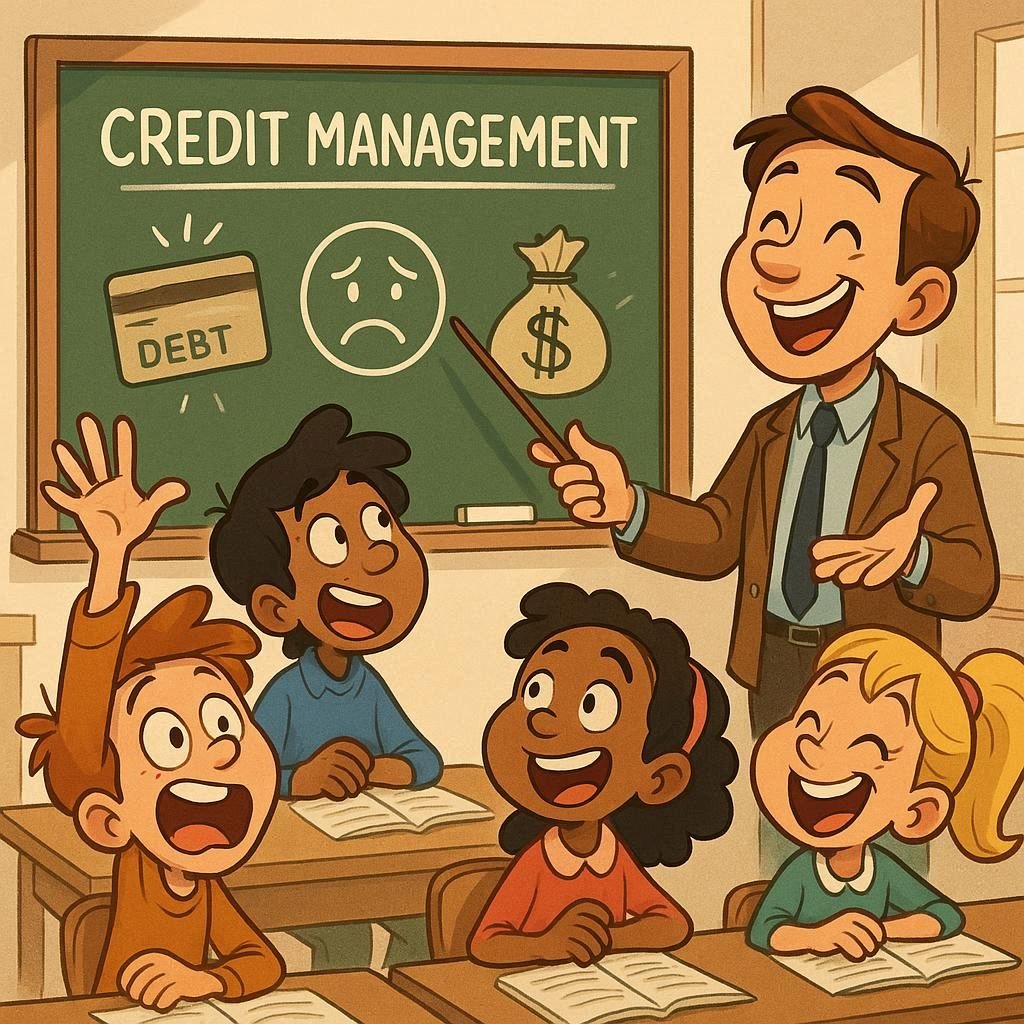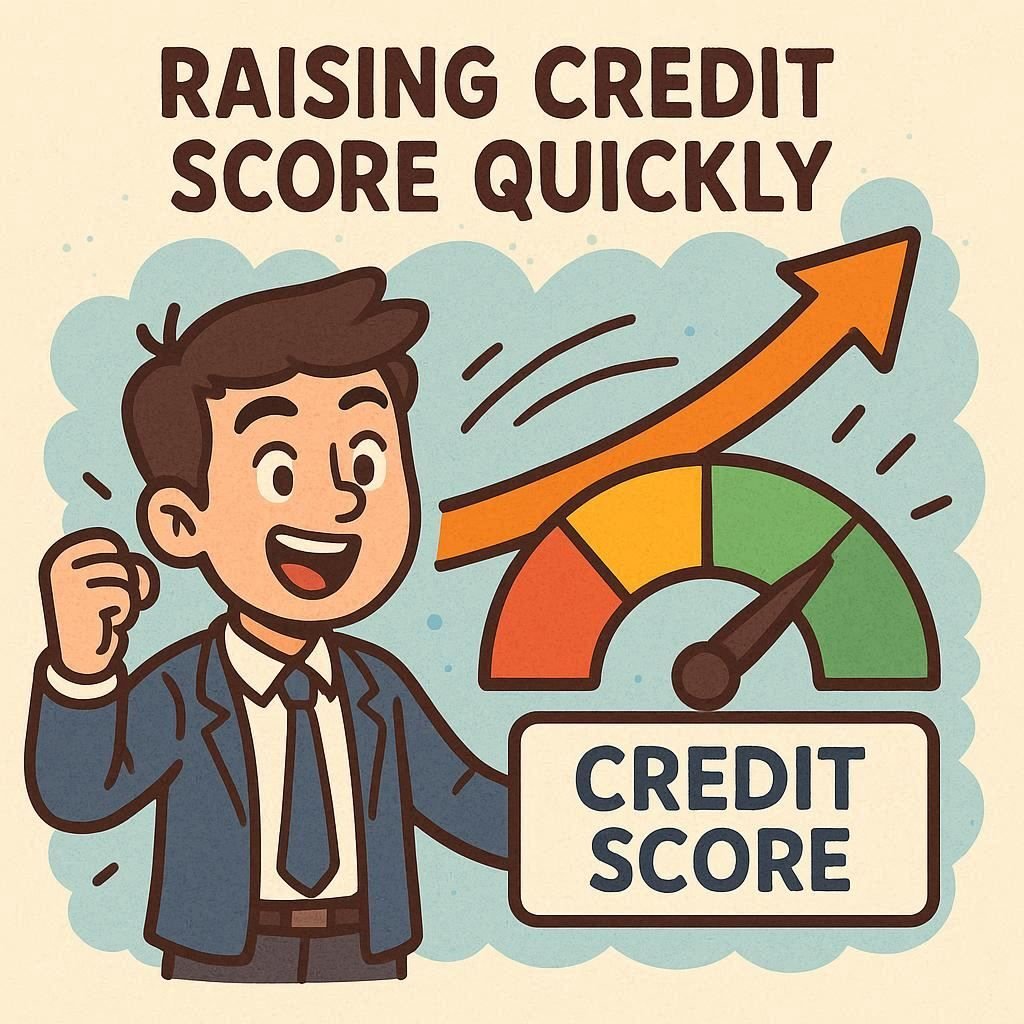Credit utilization is one of the most important factors in your credit score, yet many people don’t fully understand what it means or how it impacts their financial health. In simple terms, it refers to how much of your available credit you are currently using. It’s expressed as a percentage and plays a major role in determining your creditworthiness in the eyes of lenders.
Think of it like the fuel gauge on your car. Just as a nearly empty tank signals it’s time to refuel, a high credit utilization rate signals to lenders that you might be stretching yourself financially. Keeping a good utilization lets lenders know that you manage your credit wisely.
How Credit Utilization is Calculated
The formula for calculating credit utilization is straightforward:
Credit Utilization Ratio = (Total Credit Card Balances ÷ Total Credit Limits) × 100
For example, if your card has a limit of $10,000 and you currently owe $3,000 across all cards, your credit utilization rate is:
$3,000 ÷ $10,000 = 0.30 → 30%
This means you’re using 30% of your available credit. Generally, a lower percentage is better, and most financial experts recommend keeping your utilization under 30% — ideally closer to 10% or less.
Why Credit Utilization Matters
Credit utilization is a key part of your credit score calculation, especially in the popular FICO and VantageScore models. In fact, it usually makes up about 30% of your FICO score — which means it can have a bigger impact than you might expect. A high utilization is one of the common credit mistakes that people make.
Here’s why it’s so important:
- Risk assessment for lenders: High utilization suggests you may be over-reliant on credit, which can be risky for lenders.
- Indicator of financial discipline: Low utilization shows you’re using credit responsibly and not maxing out your cards.
- Short-term score changes: Your utilization can fluctuate from month to month depending on your spending and payments, so it can cause quick changes in your score.
Credit Utilization vs. Debt
It’s important to note that credit utilization isn’t the same thing as debt. You could have zero debt on loans but still have high credit utilization if your credit card balances are high compared to your limits. It only looks at your revolving credit accounts, such as credit cards and lines of credit, not installment loans like car loans or mortgages.
How to Lower Your Credit Utilization
If your credit utilization rate is high, there are several strategies to bring it down and improve your credit score:
- Pay down balances: The most straightforward method is to pay off as much of your existing balances as possible.
- Make multiple payments each month: Instead of waiting for your statement date, make payments throughout the month to keep your reported balances low.
- Increase your credit limit: If your spending stays the same but your limit increases, your utilization percentage will go down. Just be careful not to use the extra limit as an excuse to spend more.
- Spread balances across cards: If you have more than one card, spreading your charges out can help keep the utilization rate lower on each account.
- Keep old accounts open: Closing a credit card reduces your overall available credit, which can raise your utilization even if your spending doesn’t change.
The Best Utilization Rate for Your Credit Score
While many people aim for the “under 30%” rule, the truth is that the lower your utilization, the better — as long as you’re still using your credit enough to show responsible activity. Some credit experts suggest keeping it under 10% for the best score benefits.
That doesn’t mean you should avoid using credit cards altogether. In fact, not using them can result in no activity being reported, which won’t help your score. The sweet spot is to use your cards for small purchases you can pay off quickly, keeping your reported balance low while still showing regular activity.
When Credit Utilization Updates
Your utilization rate is calculated based on the balances that your credit card issuers report to the credit bureaus — usually around your statement closing date, not your payment due date. This means even if you pay your card in full every month, your reported utilization could still be high if you had a large balance on the statement date.
To manage this, you can either pay down your balance before the statement closes or make multiple payments during the month so that the reported balance is lower.
Impact on Different Credit Scores
Both FICO and VantageScore place significant weight on credit utilization, but they may treat certain thresholds differently. For example, FICO may penalize utilization above 30%, while VantageScore might see a drop even at lower percentages if your utilization suddenly spikes.
It’s also worth noting that utilization can affect not only your overall score but also your approval odds for new credit cards, loans, or mortgages. A sudden jump in utilization could make lenders wary, even if your score is still decent.
Long-Term Benefits of Low Utilization
Keeping your credit utilization low over time shows lenders that you’re a responsible borrower. This can lead to better interest rates, higher credit limits, and easier approvals for future credit needs. It also gives you more financial breathing room in emergencies, since you’ll have more available credit at your disposal.
Low utilization can also serve as a buffer if you need to make a large purchase or face an unexpected expense. A temporary spike won’t hurt as much if your normal utilization is already low.
Final Thoughts
Credit utilization is one of the easiest factors in your credit score to control — and one of the most impactful. By keeping your balances low compared to your available credit, you can not only protect your credit score but also set yourself up for better financial opportunities down the line.
Whether you’re just starting to build credit or working to improve an existing score, keeping your utilization in check is a smart and effective strategy. A little awareness and a few simple habits can go a long way toward maintaining a healthy credit profile.
For more detailed information about how credit utilization works and how it affects your score, you can visit Consumer Financial Protection Bureau’s guide.





